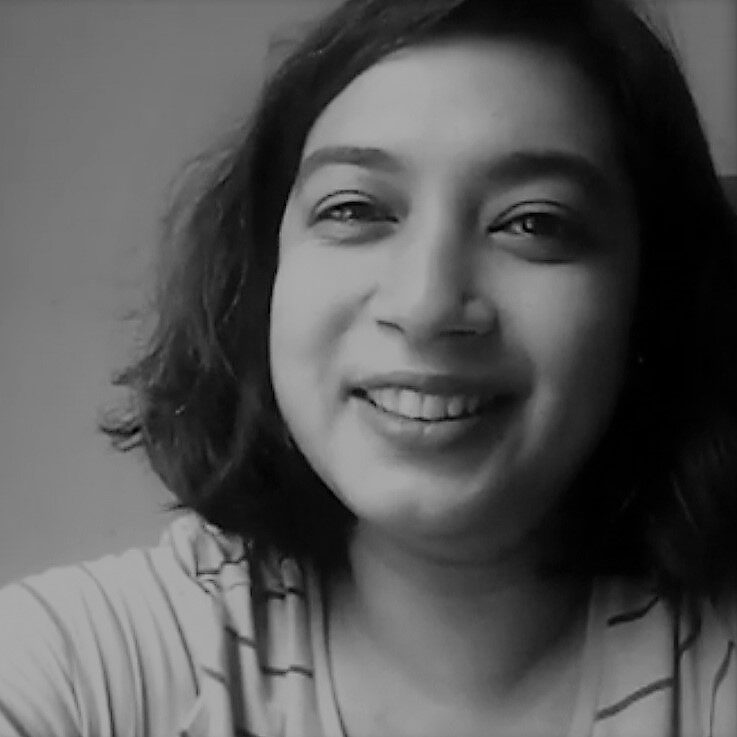
by Mandira Pattnaik
At daytime, as I sit at my desk to write, there’s an arresting distraction: a narrative flowing within the metal frames of the window pane in front of me. It’s a scene in flux, or multiples thereof. A tragi-comedy as a middle-aged couple argue, shopping bags in hand, on the street below; a drama on the roof across from my apartment between a maid and the housewife wringing laundry; a dialogue between the retired postmaster, fidgeting as he stands on the pavement, and the greengrocer waiting with his handcart; a budding romance at the school ground adjacent. Why do I need to exercise my imagination when there’s so much brewing already? I consider this question with excitement, and with a pinch of amusement.
If I take a closer look at the budding romance, I may observe a casual chat that soon turns into conversations I can’t hear, but clearly points to oft-witnessed adolescence jealousy. I can imagine a schoolmate equally enamored by either of the two characters. Extrapolating how even small talk-and-harmless-gestures result in huge misunderstandings at that age, I create a story ripe with possibilities, but leave it open-ended on a note of hope. It works for me!
In my outsider perspectives, these are my insiders. They are characters I often put into my stories and poems, giving them tiny play courts to smash and volley, drop and win, or maybe lose. There’s something very attractive about being numb and immune to passing time.
I am thankful I’m not a character in that playground in my head, not proactively deciding the course of the drama, or the action, not mouthing structured dialogues. Instead, I am just an onlooker, an outsider to narratives in motion. I watch and observe like a person who tallies points. I’ve done that often.
Ernest Hemingway was of the view, “When writing a novel, a writer should create living people: people not characters, a character is a caricature”. I’ve surreptitiously placed the population of the working-class neighborhood around me in my work. The interesting sweet monger who makes jalebis and holds down the fort. The old couple struggling with their daily routines without help, and in the process, loving each other more, appear in multiple stories.
They remind me of Ray Bradbury’s Dandelion Wine, and its memorable characters — Douglas Spalding and his family, his grandfather who made the wine with dandelion petals and other ingredients, commonly citrus fruit. Brimming with nostalgia, most of the book is focused on characters inhabiting small-town America, and is said to be loosely based on the author’s own experiences. In fact, Ray Bradbury is quoted to have written, “Plot is no more than footprints left in the snow after your characters have run by on their way to incredible destinations.” I think the hidden remark in this is to let loose characters in environs where they feel comfortable and the plot emerges organically.
Again, there’s also the joy of discovering beautiful coincidences in the character’s lives who react according to circumstances, superseding the will of the author. I’ve no qualms letting a woman I’ve created in a short story (who lives with her two dogs, and curates string music for children), take on the physical features of the young clinic assistant who vaccinated me, because that’s how she wants to look!
Characters who are not like me, who are the remotest version of anything I’ll ever be, have an enthralling quality about them because I do not know how they’ll react. I like to explore the choices in front of them, their response to their surroundings, and I like to predict how they’ll navigate the plot, but they often take diversions. This gaze from the outside gives amazing results, and I believe that strange matrix of unknowing is a fertile ground to examine where my writing is headed.
Read more of Mandira’s work here at Reckon:
Fiction – Porcellanidae
Nonfiction – Outsider Perspectives: Home, Hinges, and Halcyons

